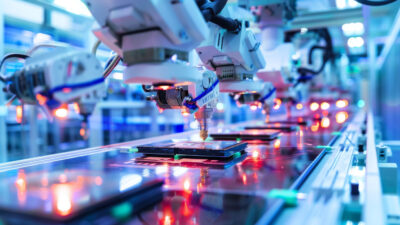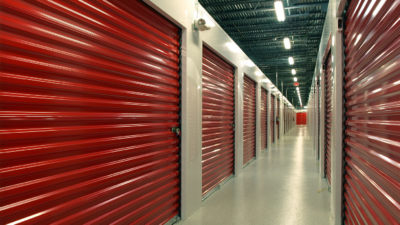As food-focused entrepreneur Kimbal Musk put it: “Food is the new internet.” There’s no denying that technology is radically changing the way food is grown, processed and procured. And there is a very good reason: The food industry is primed for disruption.
“Every element of the food lifecycle is ripe for accelerated change,” explained Chris Cummings, national director of Colliers International’s Food Advisory Group. “The combined need for efficiency and innovation is drawing entrepreneurs and providing a perfect testing ground for emerging technologies for both food production and distribution.”
Indeed, the traditional giants of the food industry — the large consumer packaged goods companies and grocery chains — are grappling to stay ahead of rapidly changing consumer tastes and move as fast as the growing number of smaller, more nimble food companies and startups.
One of the most significant ways that technology is changing the food industry is the impact of e-commerce on distribution and storage demands. In recent years, three primary models have emerged that are shaking up traditional food distribution:
- The “click and collect” model
- The “personal shopper” model
- The “meal kit” model
The “click and collect” model allows consumers to order groceries online and pick them up from a physical location. Amazon is testing this concept with its AmazonFresh Pickup locations while Walmart is testing a similar model with a 24-hour pickup kiosk. And what could be a clearer indication of the integration of e-commerce in the grocery industry than Amazon’s acquisition of Whole Foods or the company’s efforts to radically change the store check-out experience with AmazonGo?
The “personal shopper” model is embodied by services like Instacart, through which consumers order items online from major grocery retailers, such as Safeway and Costco. Through a crowdsourced model, users are connected with personal shoppers who pick up the items from the store and deliver them to their doorsteps.
The “meal kit” model has taken off in recent years, thanks to startups like Blue Apron that deliver portioned ingredients and recipes for specific meals to consumers.
The thread that connects each of these models is an increased focus on last-mile delivery and an amplified need for cold storage, particularly in urban and in-town areas.
“We are seeing a significant uptick in demand for small and medium-sized cold-storage facilities across the U.S.,” explained Cummings. “Everyone is fighting for the same customer and traditional grocery chains are scrambling to figure out how best to meet the demand for direct-to-consumer services. Faster, fresher distribution is one of the keys.”
The amount of cold-storage and last-mile distribution space that food companies increasingly need just can’t be found in many existing warehouse buildings. “There is a lack of inventory and where there is inventory, it is often missing the amenities that are necessary for modern fulfillment.”
This is leading to an increase in redevelopment and build-to-suit activity, particularly in urban areas near the most significant demographic for e-commerce: the millennials. In some urban areas, warehousing is hard to find so some retailers are utilizing bricks-and-mortar stores within urban locations as their last-mile hubs. Going forward, we expect to see a significant increase in retrofitting older buildings to handle the cross-docking needs of the cold supply chain.
While the ways that technology and e-commerce will shape the food industry are still evolving, one thing is clear: In today’s “need-it-now” economy, consumer demand for convenience and speed will continue to dramatically change the way we produce, store, purchase and deliver food products.

 Colliers Insights Team
Colliers Insights Team
 Craig Hurvitz
Craig Hurvitz
 Aaron Jodka
Aaron Jodka